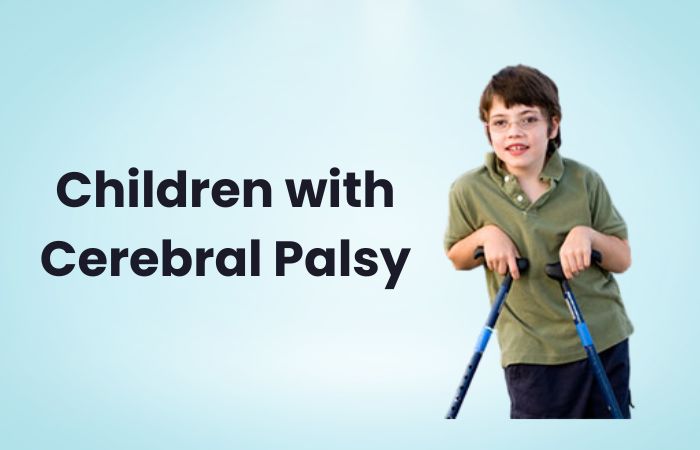
Cerebral palsy (CP) is a group of neurological disorders affecting movement, muscle tone, and posture. Children with CP often experience gait abnormalities due to spasticity, muscle weakness, and joint deformities. Identifying these gait patterns is crucial for developing effective treatment plans, which may include physiotherapy, orthotic support, medications, or surgical intervention. Cerebral Palsy treatment in Mumbai and Thane, provided by experts like Dr. Atul Bhaskar, can help assess and manage these gait abnormalities to improve a child’s mobility and quality of life.
Children with spastic hemiplegia exhibit asymmetrical walking patterns due to muscle stiffness on one side of the body. Characteristics include:
This gait pattern is commonly seen in children with spastic diplegia, affecting both lower limbs. Features include:
Spastic quadriplegia affects all four limbs and is the most severe form of CP. Gait characteristics include:
Crouch gait is common in older children with CP, particularly those with spastic diplegia. It results from progressive muscle weakness and contractures. Features include:
Equinus gait occurs when a child primarily walks on their toes due to tight calf muscles. It is seen in:
Jump gait is characterized by excessive knee and hip flexion along with toe-walking. This pattern is caused by overactivity in the hip flexors and calf muscles. Children may also demonstrate a forward-leaning posture due to weak trunk control.
In this pattern, knee movement is restricted due to quadriceps spasticity, making it difficult for the child to clear the ground while walking. Features include:
Ataxic gait is seen in children with ataxic cerebral palsy, which affects balance and coordination. Features include:
This gait abnormality results from hip abductor weakness, causing the pelvis to drop on the unaffected side during walking. Features include:
Steppage gait is characterized by excessive lifting of the legs to compensate for foot drop. Children with this gait may struggle with:
Gait abnormalities in children with CP require a multidisciplinary approach. Cerebral Palsy treatment in Mumbai and Thane includes care from specialists like Dr. Atul Bhaskar, physiotherapists, and rehabilitation experts. Common treatment strategies include:
Recognizing gait abnormalities in children with cerebral palsy is essential for early intervention and effective management. Cerebral Palsy treatment in Mumbai and Thane, led by experts like Dr. Atul Bhaskar, offers personalized treatment options to enhance mobility and overall quality of life. With appropriate medical care, therapy, and support, children with CP can achieve improved independence and functional mobility.
Dr. Atul Bhaskar, one of the prominent Paediatric Orthopaedic Surgeon in India has graduated from Seth G S Medical College, Mumbai. After doing his M.S (Orth) from K.E.M. Hospital, he pursued further training in the United Kingdom. He was on the “Yorkshire Orthopaedic Training Program” and obtained his orthopaedic fellowship, FRCS (Orth) and Surgical fellowship, FRCS (Glasgow) degrees. He has received the M.Ch Orth form Liverpool.
© Copyright 2025 Dr. Atul Bhaskar | All rights reserved.
Designed By DMX Digital